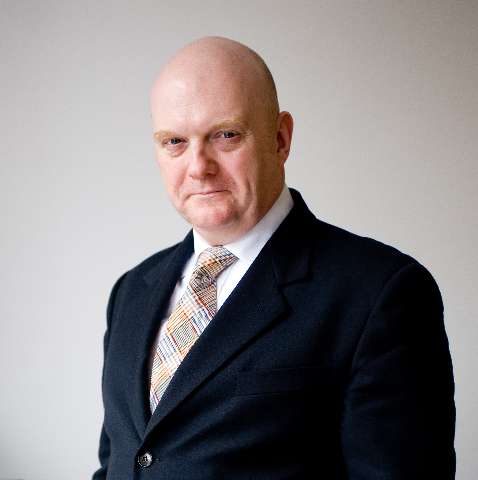Now approaching its fiftieth anniversary (in 2021), Introdans was formed – in Arnhem – to provide dance performance opportunities in the east of the Netherlands. One of its two original founders, Ton Wiggers, is still at the helm, as general director, having handed over the role of artistic director – after 33 years – to former dancer, Roel Voorintholt. Although Introdans is now a prestigious international company, having toured to almost forty countries, its only previous appearance in London was at Sadler’s Wells, in 2005. So, this three-show, weekend stopover in the recently-refurbished Linbury Theatre, underneath the Royal Opera House, was an overdue and welcome return.
The Dutch Masters programme title is a clear reference to the Dutch Golden Age of painting, an allusion that was once also applied to the masterful technique of Johan Cruyff and co in the heyday of Dutch football (which, coincidentally, was in the early 70s, at the time of Introdans’ formation). That team created the strategy of Total Football, where any outfield player could take on any role, performing in a free-flowing, creative, cavalier style, all of which description can be applied to Introdans and its versatile dancers.
While the title could apply to the company and its performers, it more likely represents the choreographers covered in this quadruple bill: the opening two works came from the undisputed doyen of Dutch dance, Hans van Manen; followed by a classic work of Jiří Kylián (the Czech choreographer who has made most of his work at Nederlands Dans Theater) and lastly from Nils Christe, the least-known of the three in the UK but nonetheless a prolific choreographer who has made work for 68 companies, in 25 countries.
There is a seamless, aesthetic similarity to the four pieces, linked not just in fluid, elegant choreography but also in the overarching simplicity of design concepts and in an unwavering focus on heterosexual pairings. The back-to-back van Manen works – both originally created in the 1990s – were an interesting sampling of his prodigious output, created on a dozen dancers (Polish Pieces) and a duet (Andante) – offering diverse insights into the subtle tensions, erotic undertones and quirky humour that infiltrate his choreography.
The two works also demonstrate impressive musicality, interpreting both the forceful, driving music of Henryk Górecki and the lyrical grandeur of the second movement from Mozart’s “Great” G minor symphony (No.40). In both choreographies, the dancers’ expressions, including van Manen’s emphasis on the trajectory and content of “the look”, and dramatic hand gestures, fingers often splayed, are notable elements. In Polish Pieces, the dancers wear a collection of tight-fitting unitards in different garish colours, which take on a tie-dyed appearance, darkened by streaks of sweat, at the end of an effervescent, pulsating performance of consecutive duets and tightly choreographed group dances.
Andante is one of van Manen’s celebrated “ballets for two” which run like a golden thread through his 120+ works; in this case a modern twist on the idea of an eighteenth century minuet. The man is bare-chested, wearing electric-blue, satin breeches with tassels at the knee; the woman wears a sequined-tasseled top over black satin pants and white tights; costumes that add to the quirky timelessness of their sensual, shimmying pas de deux. It’s a brief bout of eccentric, yet elegant charm.
Kylián’s Lieder Eines Fahrenden Gesellen (Songs of a Wayfarer) was made in 1982. Mahler’s song cycle has drawn other choreographers, including Kim Brandstrup (2004) and Maurice Béjart (1971), a performance seen here in 2013 with Vadim Muntagirov memorably reviving the role of the young man, once danced by Nureyev. In that instance, it was sung live by a male voice; here it is a recording of the mezzo-soprano, Marilyn Horne, giving exquisite expressiveness to the bittersweet themes of love and grief; wonder and despair. The music has strong connections to Mahler’s First Symphony. It is sensitively choreographed by Kylián to capture the subtleties of the lyrics (written by Mahler but influenced by folk poetry) and is danced with a slow boiling intensity by these superb artists. Although coincidental, the performance was a timely tribute to the Czech choreographer who was officially inaugurated into the Académie des beaux-arts, just two days prior to this performance.
I am far less familiar with the work of Christe, but on the evidence of Cantus, made on this company, in 2015, I should like to get more acquainted with his choreography. Arvo Pärt is another composer who draws choreographers like moths to a light and several of his most popular pieces form the music for the sacred intimacy of Cantus. The waves of human movement in the ongoing canon of duets, trios and group dances is reflected in the waves of material that billow across the stage at the beginning and end of the piece. This combination of Pärt and undulating material is hugely resonant of Sidi Larbi Cherkaoui’s Fall made for the Royal Ballet of Flanders in the same year. Great minds think alike.


